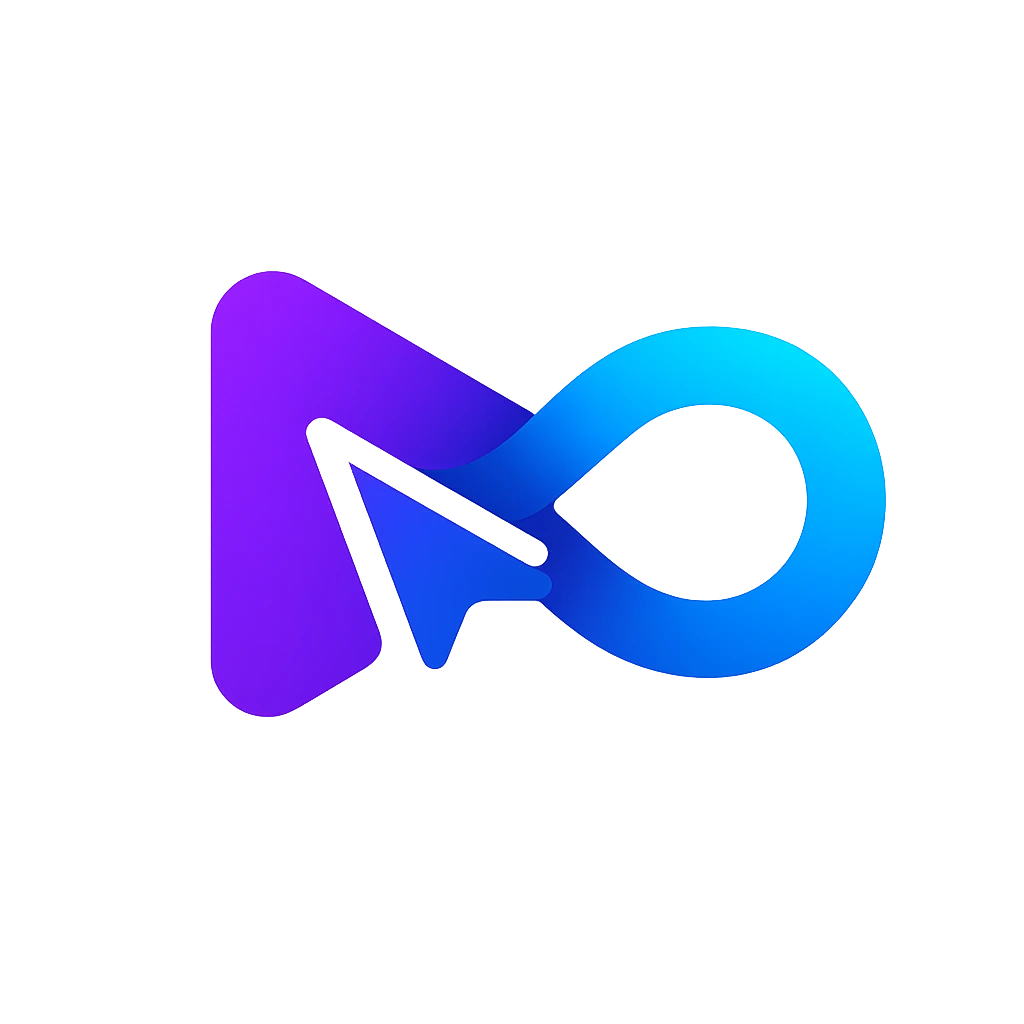AI Coding Tutorials

What Happened to Codeamigo.dev? The Quiet Shutdown of an Ambitious Coding Startup
Ever stumbled upon a promising coding education site, only to find out months later that it’s gone from the internet? That’s the story of Codeamigo.dev—an AI-powered platform designed to teach people how to code through interactive lessons. Launched with personal passion and big ideas, Codeamigo showed early promise. But today, it exists only in memory and a handful of GitHub repositories.
So, what exactly was Codeamigo.dev? Why did it go offline? And could it have survived if things went a little differently?
Let’s break down the rise and fall of Codeamigo.dev.
What Was Codeamigo.dev?
Codeamigo.dev was an AI-driven coding education platform designed to offer bite-sized, interactive tutorials in JavaScript, with plans to add more languages. Think of it as a scrappier alternative to Codecademy or freeCodeCamp—but created by just one person. The platform promised immediate, hands-on learning with modern dev tools and a sleek interface.
It was founded by a developer who had been repeatedly rejected from Codecademy job applications and was inspired (or perhaps fueled) by that experience to build something better himself. It became something of a personal crusade—a starting-from-scratch alternative in the competitive edtech space. Everything from the backend (PostgreSQL, Redis) to the front-end (Next.js, Express) was crafted to serve live, interactive content.
The platform quietly gained a small following, and it remained regularly maintained until April 2023. Then? Crickets.
Why Did Codeamigo.dev Shut Down?
Short Answer:
The founder decided to discontinue Codeamigo.dev to focus on a new personal finance project, Porkybank.io. There wasn’t enough usage, traction, or clear revenue—so the pivot made sense.
Long Answer:
There were several likely contributors to Codeamigo’s quiet demise:
- Product-Market Fit Issues
- While the concept was solid—AI-driven coding tutorials—the platform didn’t seem to grab a critical mass of users.
- Interactive learning is a crowded market, and standing out is harder than it looks without a unique hook or addictive behavior loop.
- Financial Sustainability
- There is no public record of seed funding, angel investment, or monetization strategies.
- The site appeared to be a side project or bootstrapped effort, which likely made it difficult to scale or maintain long-term.
- Heavy Competition in the Education Space
- Giants like Codecademy, freeCodeCamp, and newer entrants like Scrimba or Replit already dominated the online coding landscape.
- These platforms offer comprehensive curricula, community support, forums, and sometimes free credentials—features that Codeamigo couldn’t match as a solo endeavor.
- Founder Pivot / Leadership Shift
- According to an official message posted on the site, the founder chose to stop maintaining Codeamigo and announced a new focus: Porkybank.io, a budgeting tool.
- This suggests that priorities changed, possibly due to burnout, lack of growth, or a fresh idea that felt more promising.
- Informal Exit, No Acquisition
- There was no public sale, acquisition, or tech spinoff.
- The project slowly faded rather than shutting down suddenly, typical of many bootstrapped or solo-founded tech tools.
- Timing and Audience Fit
- Codeamigo may have come too late to a mature market or failed to carve out a niche within it.
- Its technical foundation was solid, but without enthusiastic early adopters or virality, sustainability became a question mark.
How Did It Stack Up to Competitors?
Let’s take Codecademy as a comparison—both platforms strived to make code education digestible online.
What Codecademy did right:
- Backed by millions in venture capital
- Built robust curriculums across 10+ languages
- Integrated career paths, projects, and certifications
- Fostered a large community and marketplace
Where Codeamigo fell short:
- Limited content scope (initially JavaScript only)
- No public monetization or certification track
- Little to no community engagement or forum system
- Mostly a passion project, not a full-fledged company
Codecademy didn’t just offer tutorials—it offered infrastructure, credentials, and a social layer. Codeamigo, while clever and well-designed, couldn’t compete at that scale without funding, team support, or a long-term growth engine.
Lessons Learned and Final Thoughts
Codeamigo.dev stands as a case study in personal ambition meeting real-world limits. It wasn’t a bad product. In fact, the attention to interface quality and use of modern developer tools set it apart from some legacy competitors. But in the noisy, fast-moving world of edtech, even good ideas get drowned out if they can’t capture users quickly or earn income.
Still, projects like Codeamigo remind us that failure isn’t always about incompetence—it can be about timing, scale, and the desire to move on. In this case, the founder didn’t flame out under pressure. He simply moved to a new passion project.
If nothing else, it’s a reminder that some of the most interesting tools on the internet are made by individuals running on passion instead of capital. Sometimes they stick. Sometimes…they pivot.
FAQs About Codeamigo.dev
Who founded Codeamigo.dev?
The founder has not been officially named in public records, but is associated with the email philip.n.london@gmail.com and now runs Porkybank.io.
When did Codeamigo come out?
Codeamigo was launched sometime in or before 2022, with the last GitHub updates occurring around April 2023.
When did Codeamigo shut down?
The shutdown wasn’t tied to a specific date, but the founder announced discontinuation of maintenance on the homepage, which likely occurred in mid or late 2023.
How much funding did Codeamigo raise?
There are no public records or evidence of external funding. It appears to have been bootstrapped by the founder.
Why did Codeamigo fail?
The platform likely failed due to low user adoption, a lack of financial sustainability, and the founder’s shift to a new project, Porkybank.io.
Is the Codeamigo website still live?
Yes, but it is no longer being updated or maintained. It exists more as an announcement board now than an active service.
Even great ideas need more than passion to survive—Codeamigo.dev is another entry in the long list of clever things that didn’t quite catch fire. But who knows? Maybe Porkybank.io will be the next breakout success.
What is codeamigo.dev?
Codeamigo.dev is an AI-driven coding assistant that facilitates learning to code effectively. It provides AI-enhanced tutorials and an online coding environment supporting multiple programming languages. The platform is designed to enhance accessibility and efficiency in the coding education process by utilizing contemporary technologies and methodologies.
How much does codeamigo.dev cost?
Codeamigo.dev is presently in private beta, with access available exclusively through invitations. There is no free version at this time; however, prospective users can request a demo to explore the platform's features before deciding on a paid subscription.
What are the limitations of codeamigo.dev?
Codeamigo.dev has several limitations that users should consider:
Limited Programming Languages: The platform currently supports only a select number of programming languages, which may not include all those that users wish to learn.
Lack of Automated Feedback: Users do not receive automated feedback, which could aid in skill refinement.
No Scoring System: The platform does not feature a scoring system, resulting in a lack of performance metrics or progress tracking for users.
AI Limitations: As with many AI tools, Codeamigo may struggle with understanding complex coding problems and providing precise solutions.
Still in Development: Being in the development stage means that some features may not yet be fully optimized or available.
What are the benefits of codeamigo.dev?
Codeamigo.dev provides several advantages that enhance the coding learning experience:
Personalized and Adaptive Learning: The platform leverages AI to customize educational content based on individual user needs and progress, ensuring an effective and tailored learning journey.
Interactive Coding Tutorials: Engaging and interactive tutorials keep users motivated while facilitating a better understanding of coding concepts.
Real-Time Feedback: Integration with Codesandbox enables users to experiment with their code and receive immediate feedback, enhancing the learning process.
AI-Generated Code: The platform can automatically create code snippets for common tasks, helping users save time and streamline their coding efforts.
Improved Code Quality: Codeamigo provides real-time code reviews, identifying potential issues and offering suggestions for improvement.
Hands-On Practice: Users can practice coding within a sandbox environment, which reinforces their learning and understanding.
Updated Learning Methods: The platform employs modern developer tools and techniques, steering clear of outdated teaching methods to ensure relevant education.
How does codeamigo.dev work?
Codeamigo.dev operates by utilizing AI to create a personalized and adaptive learning experience for users. Here’s how the platform functions:
Personalized Learning: The AI customizes educational content based on each user’s unique needs and progress, ensuring that the learning experience aligns with individual skill levels and paces.
Interactive Tutorials: Codeamigo provides interactive coding tutorials that engage users and facilitate a better understanding of coding concepts. These tutorials frequently incorporate real-world examples and compelling visuals.
Real-Time Feedback: Through integration with Codesandbox, Codeamigo enables users to experiment with their code and receive immediate feedback, allowing for quick identification and correction of mistakes.
AI-Generated Code: The platform can automatically generate code snippets for common tasks, helping users save time and streamline their coding process.
Hands-On Practice: Users have the opportunity to practice coding in a sandbox environment, reinforcing their grasp of coding concepts.
Code Quality Improvement: Codeamigo reviews code in real time, detecting potential issues and providing suggestions for enhancements to improve overall code quality.





























